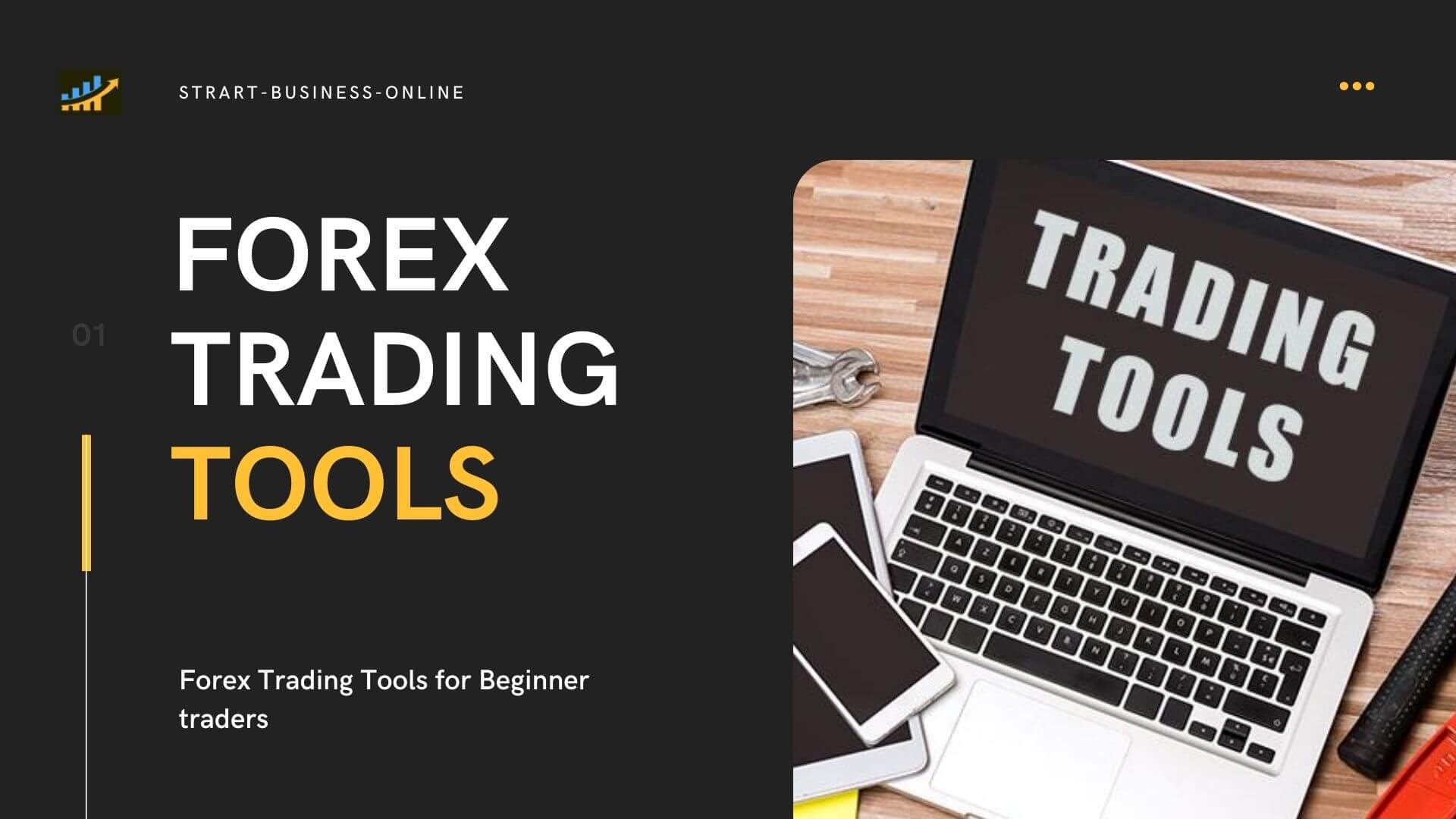
The FREL exchange-traded funds holds stocks of both U.S. companies and foreign listed companies. Its holdings will be sorted by random order. The weights for individual stocks are not calculated so it is possible to not find the exact stocks that belong to the fund. It is worth noting however that the beta of FREL means that it has been more risky than the entire market.
FREL's beta indicates it has been less risky than the market
The stock has a beta of 1.6, which means that it should rise 1.87% over the next year. But, this beta value is actually twice what it would suggest. This means that FREL has been less volatile than the market for the past one year. Investors are happy with this. The stock is not volatile, so you shouldn't buy and hold it.
This fund's beta is less risky than the market's, which indicates it has experienced fewer volatility swings in the past year. FREL consists of REITs in the industrial, retail, and hotel sectors. These types, however, are less volatile than most other markets. However, a beta rating of 1.4 suggests that FREL may be more volatile than the market.

It offers a dividend return of 2.699%
High dividend yields are desirable in many circumstances. But what makes one stock more appealing than another? Dividend yield is calculated from the last full year's financial report. Even if the company has not yet released its annual reports, the dividend yield is still valid. It becomes less relevant as time goes by. Investors can multiply the trailing twelve-month dividend numbers by adding together the dividends from the previous four quarters. The trailing dividend amount is useful when dividends have been recently cut or increased.
It could be a stock that is U.S.-listed
The FREL ETF may contain stocks U.S.-listed. This ETF tracks US real estate companies' cap-weighted indices. It holds both public and private REITs and follows the entire market-cap spectrum. FREL may include non-REIT real estate firms. It is taxed as ordinary income. Investors may wish to consider investing in other types of ETFs if they do not wish to invest in the U.S.-listed stock market.
Some investors may be concerned that a Frel ETF might contain U.S.-listed stocks. It is important to know that non-U.S. funds can own up to 33% of the voting stock of U.S. registered funds. To avoid any such situation, investors should be cautious when investing in an ETF.
It may also be a REIT for industrial or specialized purposes
Real estate investment funds (REITs), which are pools that invest in real estate properties, are pools of capital that are derived from the sales of these properties. These companies acquire industrial spaces and buildings, and then receive a portion from leases. There are many types of REITs and each one has its unique advantages and disadvantages. While office REITs typically focus on office buildings and industrial REITs on manufacturing, distribution, or warehouse properties, industrial REITs can be found in a variety of industries. These REITs earn their income by leasing and renting out the properties to industrial companies and other businesses.

While Industrial REITs may be classified by their use, one advantage to investing in one is the flexibility. Industrial properties are often flexible in their management, whether a company requires storage space or a distribution centre for a particular business. The flexibility of industrial REITs can be higher than that of their counterparts. Industrial properties can be found near transportation routes, which makes them more profitable.
FAQ
How does Inflation affect the Stock Market?
Inflation has an impact on the stock market as investors have to spend less dollars each year in order to purchase goods and services. As prices rise, stocks fall. It is important that you always purchase shares when they are at their lowest price.
How are share prices set?
The share price is set by investors who are looking for a return on investment. They want to make money from the company. So they buy shares at a certain price. Investors make more profit if the share price rises. The investor loses money if the share prices fall.
An investor's main objective is to make as many dollars as possible. They invest in companies to achieve this goal. They can make lots of money.
How Do People Lose Money in the Stock Market?
The stock market isn't a place where you can make money by selling high and buying low. It is a place where you can make money by selling high and buying low.
The stock market offers a safe place for those willing to take on risk. They will buy stocks at too low prices and then sell them when they feel they are too high.
They want to profit from the market's ups and downs. They could lose their entire investment if they fail to be vigilant.
Statistics
- For instance, an individual or entity that owns 100,000 shares of a company with one million outstanding shares would have a 10% ownership stake. (investopedia.com)
- Our focus on Main Street investors reflects the fact that American households own $38 trillion worth of equities, more than 59 percent of the U.S. equity market either directly or indirectly through mutual funds, retirement accounts, and other investments. (sec.gov)
- The S&P 500 has grown about 10.5% per year since its establishment in the 1920s. (investopedia.com)
- Even if you find talent for trading stocks, allocating more than 10% of your portfolio to an individual stock can expose your savings to too much volatility. (nerdwallet.com)
External Links
How To
How to Invest in Stock Market Online
Investing in stocks is one way to make money in the stock market. There are many options for investing in stocks, such as mutual funds, exchange traded funds (ETFs), and hedge funds. The best investment strategy depends on your risk tolerance, financial goals, personal investment style, and overall knowledge of the markets.
First, you need to understand how the stock exchange works in order to succeed. This includes understanding the different types of investments available, the risks associated with them, and the potential rewards. Once you've decided what you want out your investment portfolio, you can begin looking at which type would be most effective for you.
There are three main categories of investments: equity, fixed income, and alternatives. Equity is ownership shares in companies. Fixed income refers debt instruments like bonds, treasury bill and other securities. Alternatives include commodities like currencies, real-estate, private equity, venture capital, and commodities. Each option comes with its own pros and con, so you'll have to decide which one works best for you.
Two broad strategies are available once you've decided on the type of investment that you want. One strategy is "buy & hold". You purchase some of the security, but you don’t sell it until you die. Diversification is the second strategy. It involves purchasing securities from multiple classes. If you purchased 10% of Apple or Microsoft, and General Motors respectively, you could diversify your portfolio into three different industries. Buying several different kinds of investments gives you greater exposure to multiple sectors of the economy. This helps you to avoid losses in one industry because you still have something in another.
Risk management is another key aspect when selecting an investment. Risk management is a way to manage the volatility in your portfolio. If you were only willing to take on a 1% risk, you could choose a low-risk fund. A higher-risk fund could be chosen if you're willing to accept a risk of 5%.
Your money management skills are the last step to becoming a successful investment investor. The final step in becoming a successful investor is to learn how to manage your money. You should have a plan that covers your long-term and short-term goals as well as your retirement planning. Then you need to stick to that plan! Keep your eyes on the big picture and don't let the market fluctuations keep you from sticking to it. Stick to your plan and watch your wealth grow.